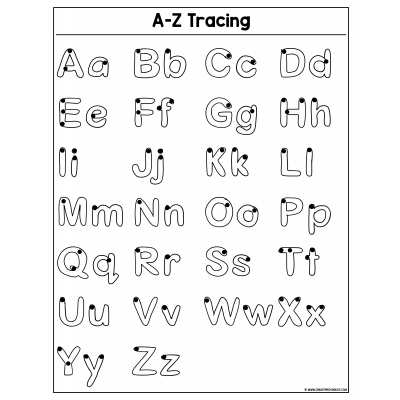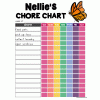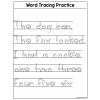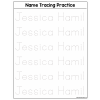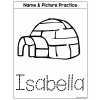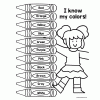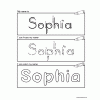A-Z Letter Tracing Worksheet
This A-Z letter tracing worksheet is a perfect printable for early learners. The whole upper and lower case alphabet is contained on one page, which is perfect for improving form or testing to see where a child is at.
Printable A-Z Letter Tracing Worksheet
The default bubble letter font for this A-Z letter tracing worksheet is a good choice for younger kids because it’s easy to read and has starting guide dots. The dots tell the learner where to place their pencil at the start of each stroke.
Having the whole alphabet on a single page printable is handy for a few reasons. First of all, you can use it as an early introduction to the alphabet in upper and lower case letters. Second, it’s handy practice for kids who get bored of multiple repetitions. Finally, you can use it for a quick test to find problem areas and tricky letters.
What Age is this A-Z Tracing Worksheet For?
This printable is great for toddlers, preschoolers, and younger school aged kids. Depending on how you use it, it can work with kids from ages 2 to 6 years old, or even older if you use it for teaching cursive handwriting.

Tips for Practicing Letters with Toddlers
Toddlers start writing with chunky crayons or markers before moving to pencils, and the bubble letters in this A-Z letter tracing page are perfect for supporting that.
Have the child press the tip of their writing instrument into the circle and slowly trace around with the goal of keeping within the lines. You could even help guide them at first, especially if they’ve never written much before.
You can also use the sheet to help identify letters.
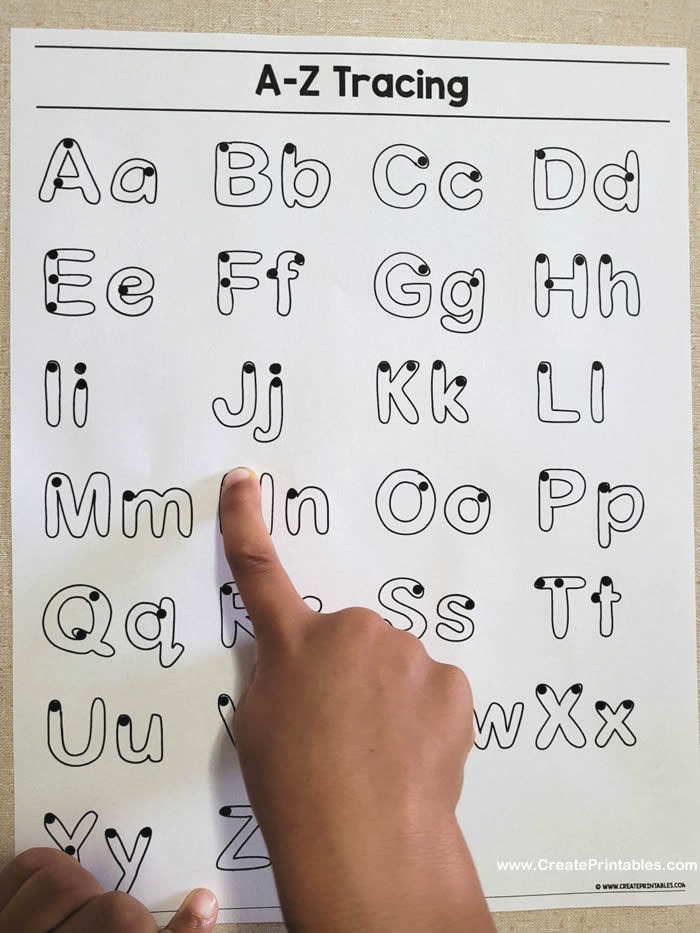
Preschool A-Z Letter Tracing Tips
Around age 3-4 kids learn how to hold a pencil properly, but may still not be able to write well. The level each child is at during the preschool years comes down to their individual skills and how much they practise.
As a parent, I know that some kids naturally gravitate towards learning to write, while others need a lot more encouragement.
Once your child has mastered the toddler skills and tracing with a thicker instrument, move to a pencil and work on keeping it around the middle of the bubble.
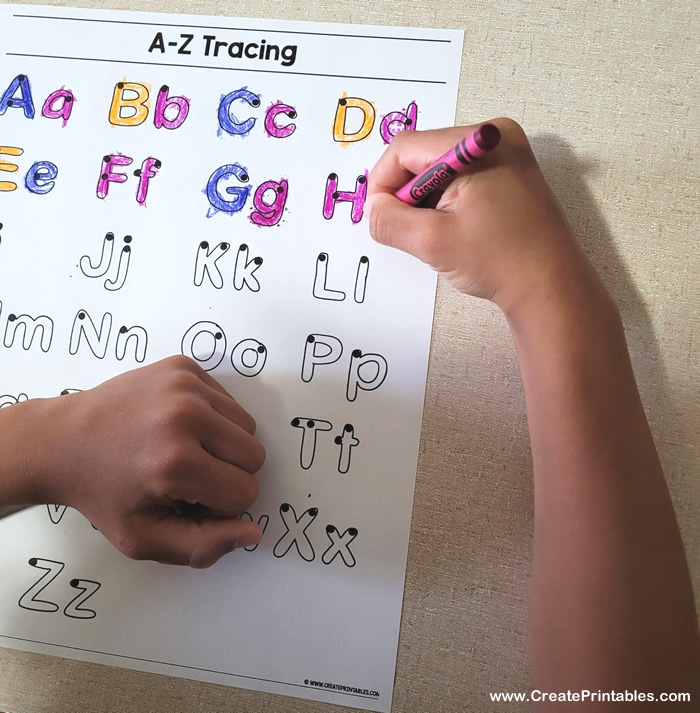
Using A-Z Bubble Letter Worksheets With Kindergarten and Grade 1
This is the age where kids who haven’t developed writing skills earlier catch up to their peers, so don’t worry if you have to start slow with a 5 or even 6 year old.
Parents and teachers can use this worksheet to check where kids are at. It’s also handy to identify problem areas – then you can practice those letters individually.
Why Use Bubble Letters Instead of Dotted Tracing?
If it works for your needs feel free to change the font and colour on this worksheet to whichever you prefer. It’s designed to be customizable!
But I do recommend trying out the bubble letters to help develop proper letter formation. When kids trace, they can get lazy and depend too much on the guide lines.
Bubble letters force kids to use better pencil control and form letters almost on their own. Basically, it’s a step between tracing letters and independent writing.
Like with anything, practice makes perfect!

